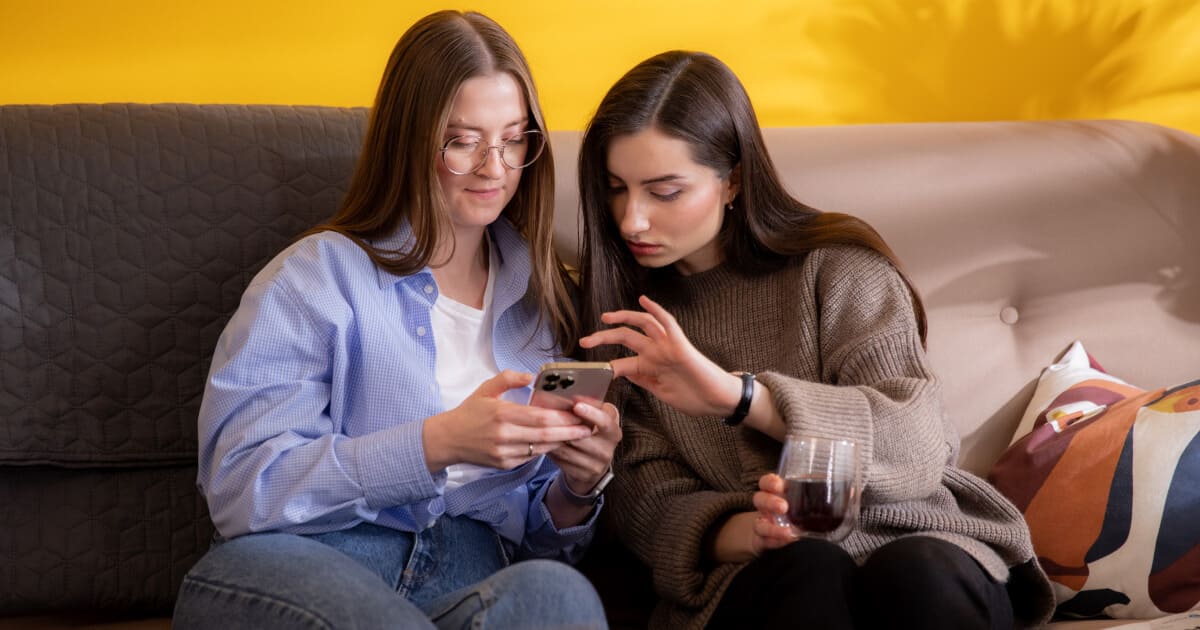Using songs for teaching English
- Activities
- Tips & Strategies
- Methodology

08.09.2022
“Okay, kids, now speak to your partner!” Young learners often react strangely to such a proposal: they try to become invisible or let a partner do all the work.
There can be various reasons for such reactions:
How to overcome all these circumstances and make it so that students of lower grades start speaking English from the first lessons? Here are a few tips for you.
Be prepared to facilitate learning in the CELTA course
Even if you have repeated your instructions twice or three times, some students will likely not know how to complete the task. The best way to let them know what is required is to demonstrate the activity in pairs with one or two children. This will help the rest to see and understand what needs to be done.
If it is a pair work, for example, you divide young learners into two teams: teachers and students. Children really enjoy playing these roles!

As you may know, most children are afraid to speak in front of their classmates. In this case, we highly recommend starting with doing communication activities in pairs.
Another way to show support is to participate in an activity or game with your young learners yourself.
It works 100% and everyone is engaged when they see the teacher as part of their team.
Students should have the freedom to make mistakes, to experiment with their thoughts, to try paths that lead to a dead end and not to the goal. Mistakes are useful, they help an individual student or the whole class show their thinking, improve and change their cognitive strategies and behaviour.
Herbert Puchta, textbook author
The best way to help young learnersis to stop correcting them and start asking questions and prompting. You can even ask your students to help their classmates – and you will see how children can relate to each other!

How to positively correct students' mistakes during lessons
Tips and tricksFirst of all, students should have a reason to speak English with a partner. For example, to finish a picture or find the necessary information to build a graph or diagram.
Second, think about questions. Avoid yes/no or questions such as ‘What’s this?’ or ‘Is it a pencil?’.
If you hide a pencil in the bag and ask ‘What’s in the bag?’, it becomes a fun game and students will respond using a wider range of vocabulary.
Usually, you need to start developing language skills with controlled activities that are based on repetition, for example:
For example, ‘Guess my word’:
Another game that kids love to play is “Who am I?”:
When you see children using English more confidently, you can add tasks where students get less support and more choice about what to say, such as surveys and finding information to fill information gaps.
Best games for recycling vocabulary
“Swap-it cards” is a game in which each student receives a card with a question. For example, “Do you have any pets?”, “What is your mother’s name?”, “What is your shoe size?” or “What is your favourite food?”.
Students move around the class, find a partner and take turns asking and answering questions from their cards. When they finish, they exchange cards.
Later you can try freer activities where your support is reduced to a minimum — for example, role-playing games, problem-solving, and others.

In the links below, you will find many ideas on how to get your young learners to speak English as soon as possible:

Teaching English to YL online
Practical tipsPreviously, we also wrote about tasks and games that will help our students practice speaking English in class. And at Grade University, you can learn how to use flashcards effectively in class.
All the methods we described above are effective, but only you choose what will work organically in your classroom. We wish you inspiration and encouragement!
Yulia Chorna
Author
Product Manager at Grade University | Experienced Educator in General, Business English & Exam Prep | ELT Conference Organiser | Speaker at TESOL & IATEFL Conferences | Passionate About Teacher Development & Educational Innovation
Comments
Leave your comment